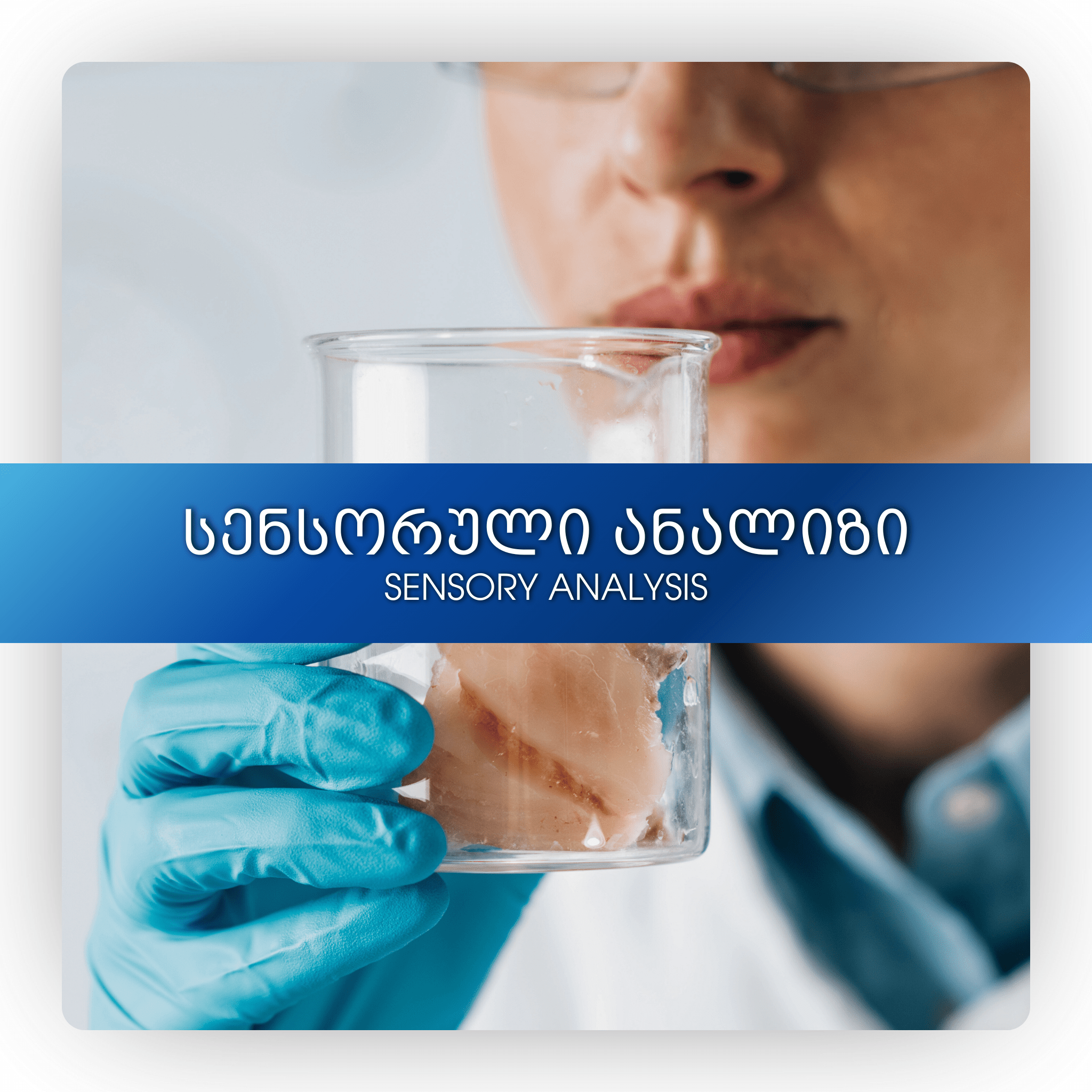Sensory Analysis
Sensory analysis is a quality assurance mechanism vital to the food industry. It covers a wide range of measurements and can easily be said to be an integrated part of market research. The use of sensory analysis to elicit, measure, analyze, and explain substance characteristics and product attributes. Sensory analysis uses human sense organs as the main tool.
Sensory analysis evaluates the perceptual characteristics of the product, the acceptability of the product by the consumer, and the differences between the products. For example, we are interested in the consumer's attitude towards our product after a recipe change, after a supplier change, after an ingredient change, after a technological change, etc., in such a case we turn to sensory analysis.
4 main sensory characteristics of food are distinguished:
◾️ Appearance properties - color, size, shape, opacity, etc.;
◾️ Scent - how consistent it is with the concept of the product;
◾️ Texture - is the product crispier than the consumer expected;
◾️ Taste/aroma - how consistent it is with the concept of the product.
There are 5 senses of taste:
◾️ Sweet;
◾️ brackish;
◾️ sour;
◾️ Bitter;
◾️ Umami.
Various factors affect the taste of the product:
◾️ product temperature;
◾️ age;
◾️ smoking - affects the perception of bitter taste;
◾️ Hunger - increases the sensitivity of receptors;
◾️ Physiological factors - cold, diabetes;
◾️ When tasting bitter food, it takes 10-15 minutes for receptors to regenerate;
◾️ Sensory analysis time - optimal time is 10-12 in the morning.
Sensations of taste, as we have already said, are 5. As for the sense of smell, our nose can detect at least 1 trillion odors.
There are 6 main olfactory senses:
◾️ similar to a flower;
◾️ Spicy;
◾️ fruit-like;
◾️ Resin;
◾️ rotten;
◾️ Burnt.
When conducting a sensory analysis, they refer to the tasting process, during which, in addition to the consumer, they also refer to professional tasters (baristas, chefs), who have highly developed sense organs and can distinguish such organoleptic properties that cannot be perceived by others.
When conducting a sensory analysis, the elements of good sensory practices are essential, according to which the sensory group should be treated as a scientific instrument. It is important to train evaluators and check them regularly.
The test must be conducted under controlled conditions, for which there are international methods to regulate. These methods provide information on appropriate experimental design, test development (methods, questionnaire) and data analysis.
When coding the pattern, we should use three-digit numbers, and when placing the patterns, we should use the principle of randomness. It should also be noted that it is advisable to taste only 6 samples at one tasting.
According to good sensory practice, there are 3 groups of assessors with different objectives:
◾️ naive/inexperienced (user);
◾️ Trained (regular meetings, knowledge testing) - may be company employees or people specially trained for a specific project;
◾️ Expert - Like a trained evaluator never evaluates the acceptability of a product, they are never asked how much they like the product.
During the analysis, the following content questions will be asked:
◾️ How intense is the characteristic in the sample (eg: vanilla aroma);
◾️ Is there a difference between the samples;
◾️ What causes the difference;
◾️ List of characteristic features, etc.
Testing space is also important when performing analysis. According to the standard (ISO 8589), evaluators should be separated, proper conditions should be created (lighting, no noise, conversation, etc.), preparation of the sample should be simple, and it should be easily provided to the evaluator.
The type of sensory analysis used depends on the research objectives.
Triangle test: A simple test that determines the difference between products. For example, when companies want to test products made with a different technology, or compare a cost-effective product to the original to see how noticeable the change is. The purpose of the test is for the estimator to select a sample that may be different.
Two out of five tests: Out of 5 samples, the comparator must identify the 2 samples that are different from the other three. It is very efficient from a statistical point of view because 5 samples are used and the comparator has less chance of randomly guessing the correct samples. The use of this test is recommended when the number of evaluators is less, although it should be noted that due to the large number of samples, the test is quite long and tiring.
Selection from pairs: The evaluator is given two samples and he selects one of them which is acceptable to him based on the characteristics of the sample.
Quantitative Descriptive Analysis: This test requires a trained evaluator as the product is characterized and each characteristic is compared.
